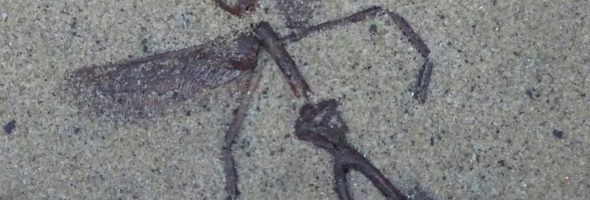In episode 304 of the “Mixed Mental Arts” Podcast, they discuss (among other cool stuff) the Cambrian explosion and how it relates to innovation, and I loved how they framed evolution as a context for innovation and creativity.
During the Cambrian explosion, most modern body plans (you know, four legs, two eyes) emerged pretty suddenly, but not without some truly crazy variations that appeared and disappeared during this time. You can see some examples here: Spikes, spikes everywhere. Seeing as we are not currently sporting a body full of spikes all over – which would make public transport pretty awkward – at least some of the features that appeared have died out, or work only in very specific niches. Evolution’s “approach” is generating a huge number of non-ideal ideas and seeing what’s a good enough fit among your created options, and letting go of the rest.
I feel this can be a very freeing opener to an ideation workshop where you first aim for quantity and then start looking for quality within the options that you generated. The framework of evolution can give participants a shared vocabulary in saying “I know this is a ‘spikes all around the body’ idea, but let’s explore it anyway” and give them permission to go crazy, especially if you’re working with scientifically minded people. Humans tend to have a bias towards negativity, and allowing ourselves to come up with completely crazy ideas like this might help in countering that tendency.
It also allows us to let go of ideas that are not working in the current circumstances:I’ve been part of a project where we were looking for new, innovative product designs and as preparation, I was handed a huge stack of already-thought-of ideas from a couple of workshops over the years. Some of the ideas were repeated in every. Single. Workshop. Year after year after year, people were clinging to these ideas just to realize it won’t work, again and again. With the framework of evolution in their mind, it might have been easier to let the poor things die and rest in peace because they will never thrive in the current environment.


I definitely think the evolutionary model is a good analogy to a productive creation process (can’t argue with the model’s success, can we?(:
Bu ti think it is much more fruitful to work on semi-random, rather than random mutations. Makes the selection process way more efficient. That’s why the wild free unconstrained approach of brainstorming is so frustrating, unless you have no problem with time to market measured in eons.